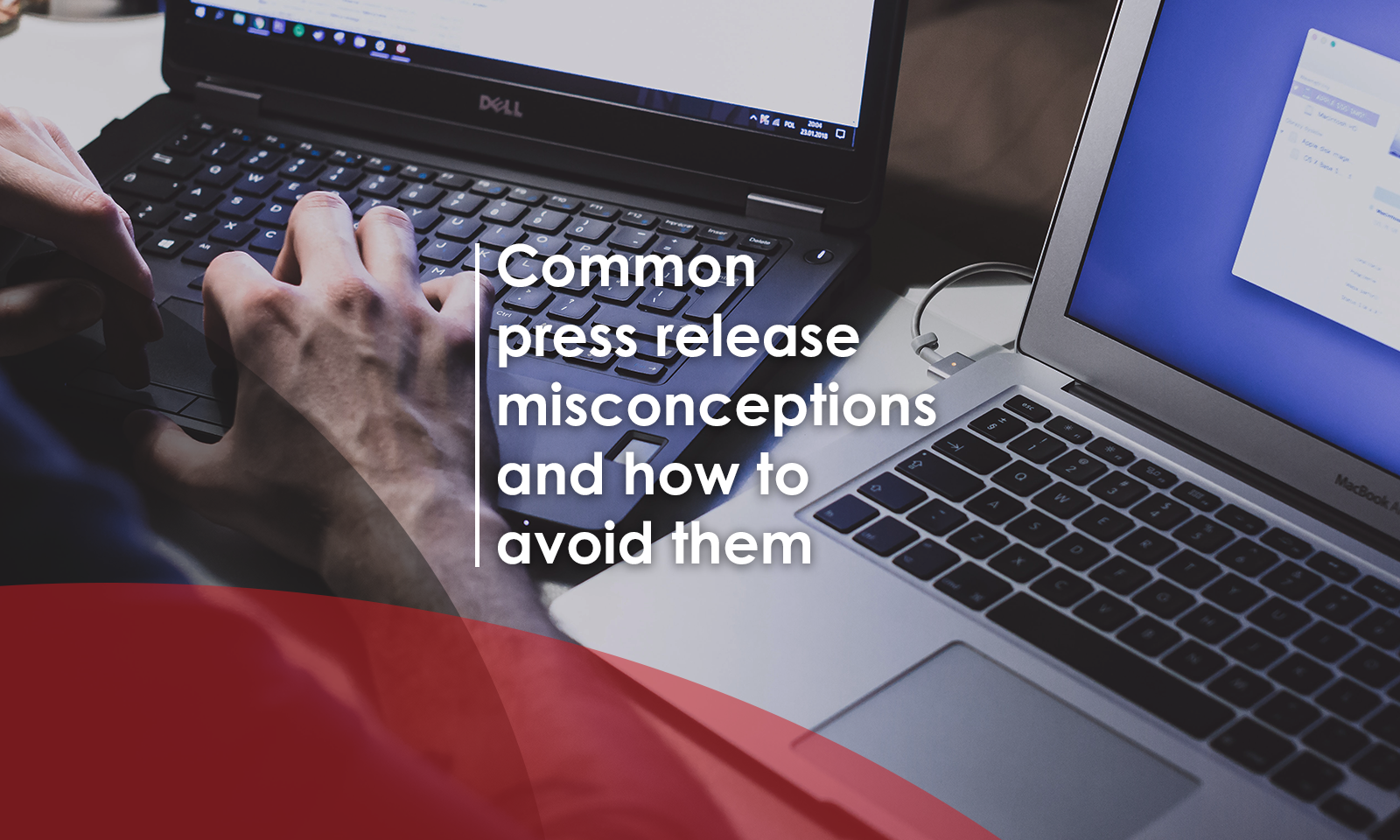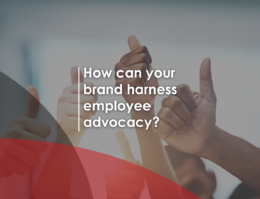Four ways to harness employee advocacy
In a world where brands are finding it harder to secure a foothold on social media, gain top page rankings...

What is your press release to press coverage conversion rate? The majority of people I’ve asked that question to reply that it’s not quite as high as they would like. Securing coverage is a dog-eat-dog world, with competitors vying for space within an ever-changing media landscape.
Journalists are under more pressure than ever to create traffic-driving / purchase enticing content, while facing reducing resources and receiving a head-spinning number of press releases and story ideas.
In such a competitive landscape, creating an impactful press release has never been more important. With the internet awash with ‘Top Tips’ for you, I feel the most important information lies within the most common press release pitfalls, so here are my top 3:
This is a common misconception when it comes to press releases: the belief that because it is news within a company, it is therefore news to journalists and everyone else. The problem with this approach is that it spams target media with irrelevant information and can lead to being blocked by those your wanted to inspire.
The best way to avoid this is by turning the reason for writing a press release on its head. Simply put, instead of writing the story for the sake of your company, write it for your target media – so what are they going to want to know?
Not necessarily, particularly if you are wishing to release corporate news which could seem a little dry. The reason you’re writing a corporate press release, for example a new client win or releasing a report, is not necessarily the main media hook and therefore should come later down once you’ve enticed the reader with a stronger opening.
Instead of focussing on what your company has done or achieved, bring to the forefront what it means, what the impact will be and why it’s important. Find your relevant angle to ‘hook’ in your target journalists.
For example, a new client win may not be of interest to media, but the impact a collaboration between two companies will make on the future of a whole industry will be. A company releasing a new report isn’t the story itself; but what the report shows, statistics, trends and data is.
When it comes to a press release, you need to leave the business jargon and sales language behind. You’re not selling your business here, you’re talking directly to a journalist and if they don’t grasp the concept of the press release clearly and easily in the first sentence, they won’t read any further.
Be concise for corporate news; creative and inspiring for consumer-focussed target media and technical for B2B contacts, but throughout all remain clear and focussed on telling your story.

In a world where brands are finding it harder to secure a foothold on social media, gain top page rankings...
But don’t just take advice from me. Our business is built on decades’ worth of journalist experience and media knowledge, helping us to avoid these press release pitfalls. So here are three tips from our Head of Editorial, Adrian Smith, on what helps make him decide to write up and publish a story.
Every online story needs a strong and relevant thumbnail image. The more striking the better. So, include a range of images that are easy to download. A link to a press kit is helpful. This can include product shots, team images and C-Suite headshots.
A headline needs to tell me the story at a glance and contain the most important details of the story in one sentence. Don’t make it too long; you can always include a sub-headline if there is extra detail that you want to include. A strong headline tends to be between 11 and 17 words in length.
I’m a decent sort, honest. If you send over a story in advance, I’ll always respect an embargo. If you send it 48-24 hours in advance, there’s a good chance I will cover it as I can write it up in advance, when I get a bit of downtime and then schedule it to go live post-embargo.
The best-case scenario – an embargoed story, with five relevant images, a clear headline and a strong coffee.
To find out more about press release pitfalls and how to avoid them, visit our media relations and distribution service pages, visit our Contact Us page or email us today at info@thenewsmarket.com.